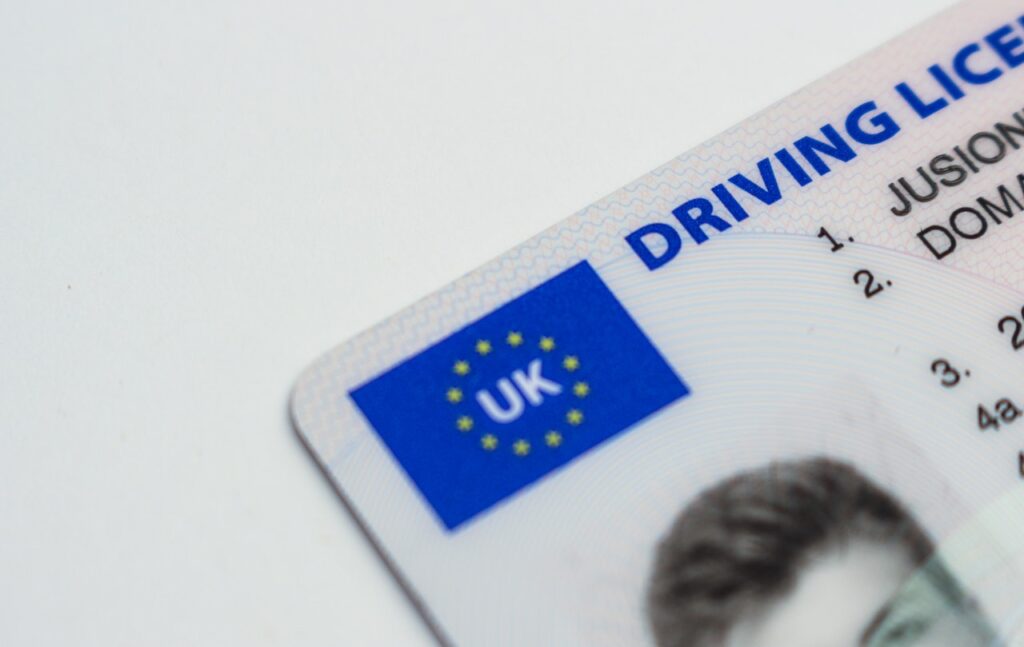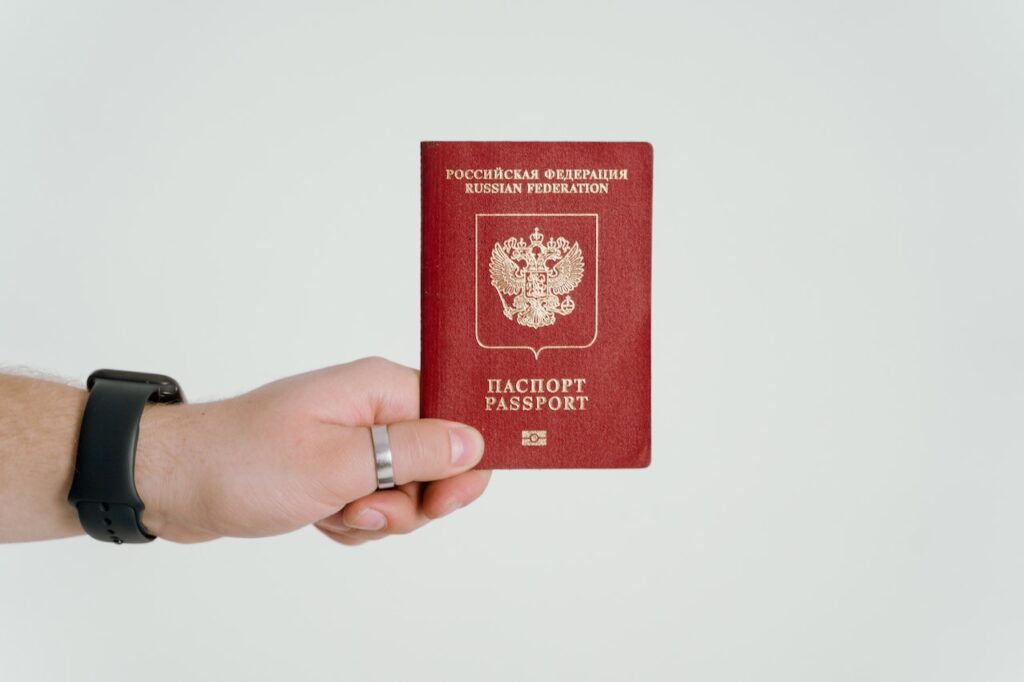EMPLOYER OBLIGATIONS REGARDING I-9 DOCUMENTS
One day I was in my office, working away and minding my own business, when one of our tenured employees walked in. We’ll call her “Annie.” Annie walks in; she’s so happy, grinning from ear to ear. She says, “Guess what?! I got my new social security card, with a new number and everything!”
It’s fair to say that this caused some heartburn and was not one of my better days in HR. Let’s forget for a moment that I may have accepted a document from her that I shouldn’t have. What about the wages she’d been paid? Do I need a new I-9? Is this card legitimate? What exactly am I supposed to do?
This scenario is true, and it plays out more often than you might assume, striking fear into the hearts of HR professionals everywhere. The I-9 process can be intimidating and results in a fair amount of the questions to our HR Hotline. We get it and we’re happy to help.
So, what do you do in the situation detailed above?
Here’s what you can do. After taking a deep breath to steady yourself, ask the employee what prompted this new documentation. In this case, I was told (and provided with a letter) that the immigration attorney had made an error with her case, and this was the way they fixed it.
Was I skeptical? Yes. Did I accept the explanation, update the I-9 and notify the payroll company, and get a new W2? Also, yes. Why? Because the documents looked genuine to me.
We are not expected to be document experts. We are expected to examine the documents provided and, per the Certification attestation on the I-9 itself: “… attest, under penalty of perjury, that (1) I have examined the document(s) presented by the above-named employee, (2) the above-listed document(s) appear to be genuine and to relate to the employee named, and (3) to the best of my knowledge the employee is authorized to work in the United States.”
The phrases “appear to be genuine” and “to the best of my knowledge” are important. It means you do the best you can with what you are given. Remember, you are not a document expert. If the documents provided appear genuine to you and relate to the employee providing them to you, you can accept them. Sign the attestation and move on the next stage of onboarding. You have done what USCIS expects of you.
A poorly done fraudulent document is obvious. A well-executed fraudulent document can be harder to detect. So, what do you do? The USCIS guides us to accept documents that appear to be facially valid. Even when the employee comes to you later and says they provided you with fake documents the first time, all you are required to do is complete a new Form I-9 with the new documentation presented (assuming it appears genuine).
You always have to be mindful of potential citizenship status discrimination regarding documents provided for I-9 purposes. You never want to be in a position of rejecting valid and acceptable documents or requiring certain documents or otherwise advising what documents to provide. If the documents presented fall within the List of Acceptable Documents and appear genuine to you, do not go too far off into supposition about the documents.
If you need a reference guide, the USCIS has a Handbook for Employers that is available to review at any time, which goes through completing each section of the Form I-9, correcting errors or missing information, acceptable documents, and more. Additionally, if you are responsible for onboarding new employees, including ensuring I-9 compliance, or any other aspect of the employment lifecycle, you can benefit from our Human Resources Essentials series.
Mailing List Sign Up Form
Fill out this mailing list sign up form to receive monthly email updates on the latest NAE news, HR issues, special events, training dates and more!


